'Two Bombs, One Satellite' spirit honored at exhibition in Beijing
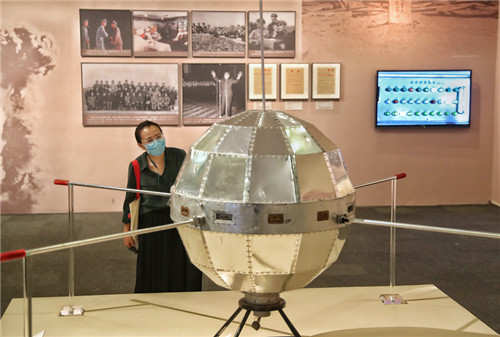
A model of China's first satellite Dongfanghong-1 is on show. [Photo by Jiang Dong/China Daily]
Collaborative Innovation and Self-reliance, a long-term exhibition now on at the National Museum of China, pays tribute to heroes of several generations who have committed themselves to China's nuclear and satellite projects. It hails the spirit of "Two Bombs, One Satellite" to encourage people, especially the young generation, to make efforts to build the country into a powerhouse of technology.
The exhibition, a collaboration with the State Administration of Science, Technology and Industry for National Defence, shows 110 artifacts, models and artworks, as well as more than 500 photos. It traces the industrious course to develop and denote "Two Bombs, One Satellite" -- an atomic bomb (and later a hydrogen bomb), an intercontinental ballistic missile (ICBM) and an artificial satellite.
The exhibition pictures collective images of different groups of people who invested their youth and even entire life in nuclear and satellite projects, such as scientists, technicians, armies and construction teams. Also, it profiles individuals such as Deng Jiaxian (1924-86) the nuclear physicist remembered as the "father of the Chinese nuclear bomb".
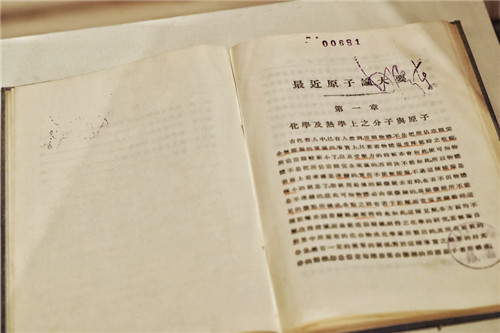
A page of a Chinese translation of Recent Developments in Atomic Theory, authored by by German physicist Leo Gratz, bears a signature of Chairman Mao Zedong. [Photo by Jiang Dong/China Daily]
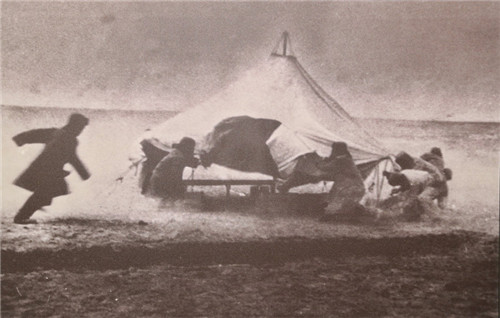
An old photo shows people participating in the nuclear project fought with the harsh climate at Luobupo. [Photo by Jiang Dong/China Daily]
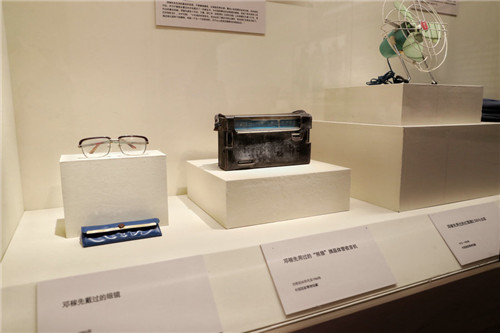
Objects belonging to Deng Jiaxian (1924-86) the nuclear physicist remembered as the father of the Chinese nuclear bomb are on show. [Photo by Jiang Dong/China Daily]
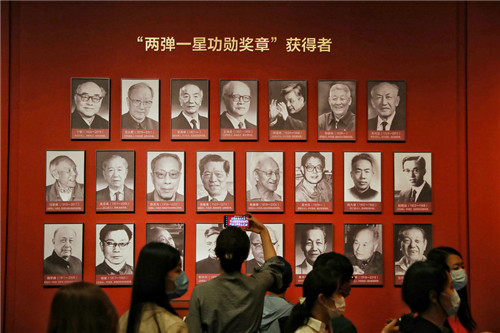
Photos of scientists who received the Two Bombs, One Satellite Achievement Medals are on show. [Photo by Jiang Dong/China Daily]

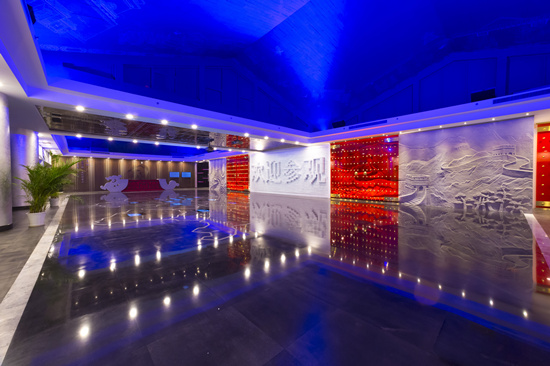 Responsibilities of the SOCAAC
Responsibilities of the SOCAAC Experiencing Beijing 2023
Experiencing Beijing 2023